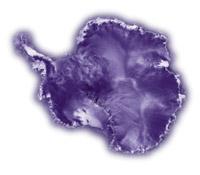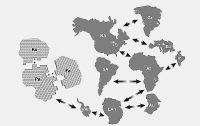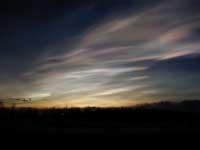Natural laboratory of the white continent
2000/01/30 Kortabarria Olabarria, Beñardo - Elhuyar Zientzia
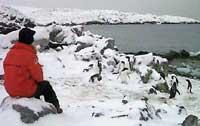
Today ice was 100 million years ago a warm and prosperous place, full of plants. Due to the initial separation and continental drift, it reached the polar zone and gradually adopted its current appearance. At present, its average depth is two kilometers. 90% of the ice on Earth is there.

The existence of Antarctica, although it was said for a long time, was the XVIII. Until the twentieth century there was no real data about its characteristics. The culprit was the English navigator James Cook, who in 1772 to 75 turned to Antarctica. Several explorers competed in the XIX. In the 20th century, geographic data were collected on the perimeter of Antarctica. The first man to arrive at the South Pole was Roald Amundsen in December 1911. Since the middle of this century, human presence has been common in Antarctica.
Research centre
In the white continent, numerous research is being carried out, perhaps because of its possible influence, the most interesting are those that have to do with the global climate. In Antarctica, due to its location and physical characteristics, the destruction of the ozone layer is greater than anywhere else. The hole in the ozone layer on the frozen continent, which is not a real hole, only the decrease in the thickness of the ozone layer, is the clearest exponent of the evolution of the catastrophe.
The research of this hole has been fundamental to know the origin of the problem, the importance of it and find possible solutions to it. Properly studying this hole can be like studying the health of the Earth.
Antarctica's air is the cleanest in the world. This allows research on surface atmospheric chemistry without using aircraft. Even in case of need of use, the characteristics of this area are optimal for balloon probes.
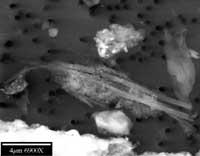
On the other hand, Antarctic ice is also valid for investigating another phenomenon as important as the loss of the ozone layer: global warming. Since the terrestrial climate is so changing and complex, it is difficult to appreciate the global temperature increase. The balance between ice and water can contribute to this. Thanks to current artificial satellites, remote sensing techniques allow an inventory of the amount of Antarctic ice at a glance. Considering that 90% of land ice is on the white continent, a slight decrease in ice mass would be the most significant indicator of global warming.
Taking Life to the Extreme
Not only from a climate point of view, but also from a biological point of view, Antarctica has become more interesting. In recent years there have been numerous unexpected discoveries, as living beings who have had to adapt to their conditions use amazing survival strategies.
The microorganisms that inhabit the rocks, those that inhabit the submarine lakes… all have had to get used to hard habitats. Scientists have found in the frost more creatures than they expected, more surprising than they imagined. And the research itself has also been interesting, as research at the South Pole has used the latest technological advances. For example, a mini-submarine controlled by the remote control VR system has been used to investigate life in icy lakes. It is a small vehicle with cameras, controlled by a remote pilot, which can have arms to collect samples.
Like water, scientists have also researched the Antarctic subsoil. For this, for years Erebus has used its usual tools and research to investigate the volcano. This volcano is still alive, so it is unthinkable to descend to the volcano. Robotics has given them a solution: Robot Dante. Robot spider 8 legs 2.5 meters high, 3 meters long and 1.7 meters wide. Like spiders do to make the spider web, as it descends into the volcano it releases the wire-thread. Dante is autonomous. The directing orders are received from human beings, but it is he who decides which and how much place and how to place them. If it detects danger, it stops and awaits orders. To see it, it uses six colored cameras that allow focusing from two to infinity. Erebus volcano and Dante robot open a new era for volcano researchers, as they will not have to risk investigating.
As can be seen, due to its characteristics, the white continent has become a meeting point for researchers and research. And in addition to those already mentioned, more research is expected in the coming years in Antarctica. In fact, the lines of research envisaged in Antarctica are numerous: Study of solar storms, neutrino detection, meteorite study, ecosystem study, etc. As for Antarctica, more than one says it is the Earth's natural laboratory. And so mentioned here does not seem silly. Be laboratory or not, remain natural.
Published in 7

Gai honi buruzko eduki gehiago
Elhuyarrek garatutako teknologia




